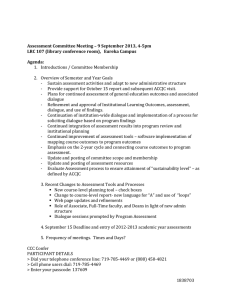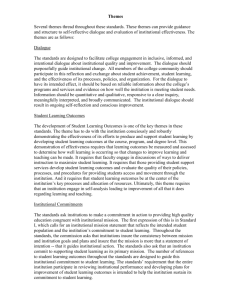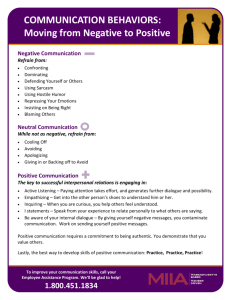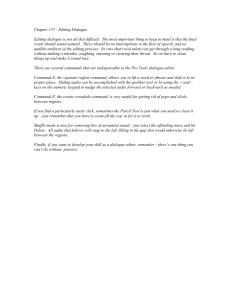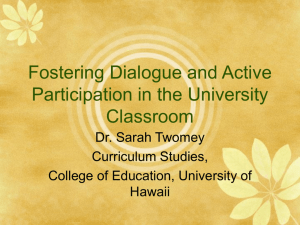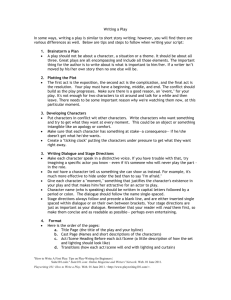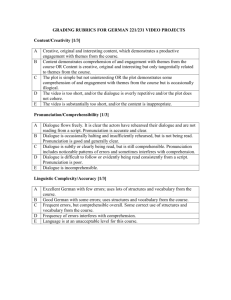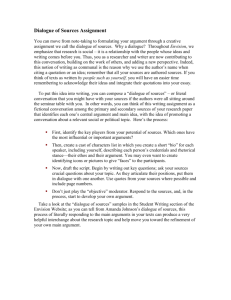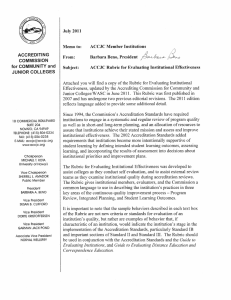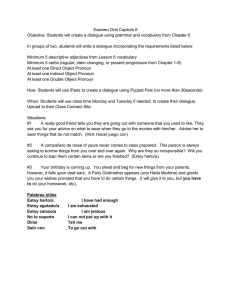accreditation standards summary
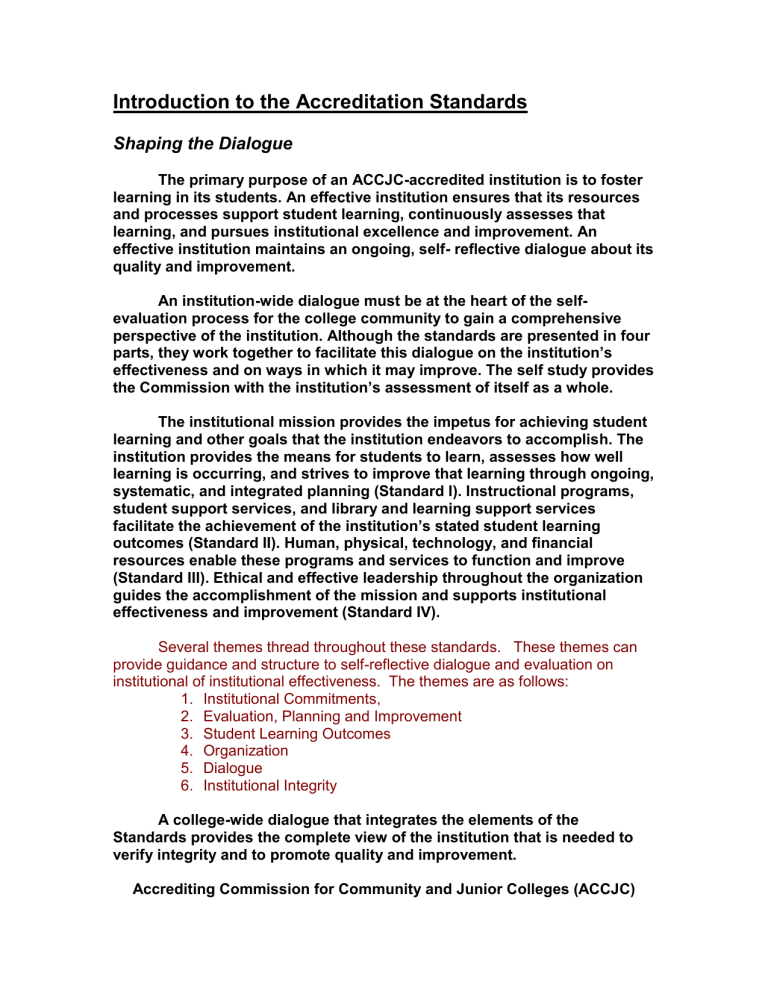
Introduction to the Accreditation Standards
Shaping the Dialogue
The primary purpose of an ACCJC-accredited institution is to foster learning in its students. An effective institution ensures that its resources and processes support student learning, continuously assesses that learning, and pursues institutional excellence and improvement. An effective institution maintains an ongoing, self- reflective dialogue about its quality and improvement.
An institution-wide dialogue must be at the heart of the selfevaluation process for the college community to gain a comprehensive perspective of the institution. Although the standards are presented in four parts, they work together to facilitate this dialogue on the institution’s effectiveness and on ways in which it may improve. The self study provides the Commission with the institution’s assessment of itself as a whole.
The institutional mission provides the impetus for achieving student learning and other goals that the institution endeavors to accomplish. The institution provides the means for students to learn, assesses how well learning is occurring, and strives to improve that learning through ongoing, systematic, and integrated planning (Standard I). Instructional programs, student support services, and library and learning support services facilitate the achievement of the institution’s stated student learning outcomes (Standard II). Human, physical, technology, and financial resources enable these programs and services to function and improve
(Standard III). Ethical and effective leadership throughout the organization guides the accomplishment of the mission and supports institutional effectiveness and improvement (Standard IV).
Several themes thread throughout these standards. These themes can provide guidance and structure to self-reflective dialogue and evaluation on institutional of institutional effectiveness. The themes are as follows:
1. Institutional Commitments,
2. Evaluation, Planning and Improvement
3. Student Learning Outcomes
4. Organization
5. Dialogue
6. Institutional Integrity
A college-wide dialogue that integrates the elements of the
Standards provides the complete view of the institution that is needed to verify integrity and to promote quality and improvement.
Accrediting Commission for Community and Junior Colleges (ACCJC)
Western Association of Schools and Colleges accjc1@pacbell.net
Approved, June 2002
Standard I: Institutional Mission and Effectiveness
T
he institution demonstrates strong commitment to a mission that emphasizes achievement of student learning and to communicating the mission internally and externally. The institution uses analyses of quantitative and qualitative data and analysis in an ongoing and systematic cycle of evaluation, integrated planning, implementation, and re-evaluation to verify and improve the effectiveness by which the mission is accomplished.
Standard II: Student Learning Programs and Services
T
he institution offers high-quality instructional programs, student support services, and library and learning support services that facilitate and demonstrate the achievement of stated student learning outcomes. The institution provides an environment that supports learning, enhances student understanding and appreciation of diversity, and encourages personal and civic responsibility as well as intellectual, aesthetic, and personal development for all of its students.
Standard III: Resources
The institution effectively uses its human, physical, technology, and financial resources to achieve its broad educational purposes, including stated student learning outcomes, and to improve institutional effectiveness.
Standard IV: Leadership and Governance
he institution recognizes and utilizes the contributions of leadership throughout the organization for continuous improvement of the institution.
Governance roles are designed to facilitate decisions that support student learning programs and services and improve institutional effectiveness, while acknowledging the designated responsibilities of the governing board and the chief administrator.

